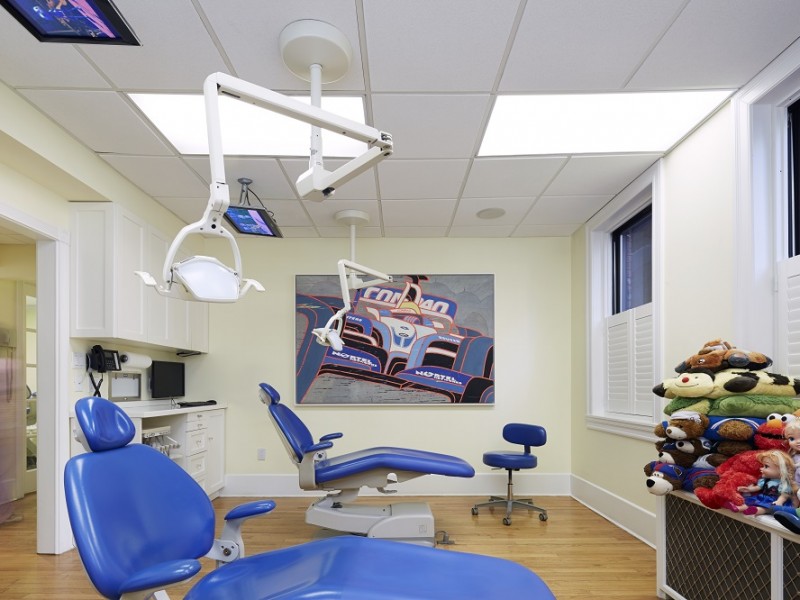Resources
At our practice, we are up to date on the latest dental technologies and resources, and we strive on keeping our patients well informed.

For more information about x-rays at your child’s visit, please click here: X-Rays and Radiographs
For information on fluoride treatments, please click here: Fluoride
If you would like more information on the guidelines and regulations of the AAP please click the link- American Academy of Pediatrics
If you would like more information on our orthodontic practice please click the link- Central Park West Orthodontics
FAQs
-
How should I clean my baby's teeth? A toothbrush with small bristles and a small head, especially one designed for infants, is the best choice for infants. Brushing at least once a day at bedtime will remove plaque bacteria that can lead to decay.
-
At what age should my child have his/her first dental visit? “First visit by their first birthday” is the general rule to prevent problems. Your child should see a pediatric dentist when the first tooth appears between 6-12 months of age and certainly no later than his/her first birthday.
-
Why should my child see a pediatric dentist instead of our regular family dentist? Pediatric dentistry is a dental specialty that focuses on the oral health of younger people. Following dental school, a pediatric dentist has two- three years of additional specialty training in the unique needs of infants, children and adolescents, including those with special health needs.
-
When should my child start using toothpaste? Start to use a fluoridated toothpaste when the first tooth erupts. Use a smear amount for children under 4 years old. Use a pea size amount for children 3 years old to 6 years old. Parents should supervise brushing and make sure that their child does not swallow excess toothpaste.
-
What are dental sealants and how do they work? A sealant is a clear or tooth color glass ionomer material that is applied to a tooth to help keep it cavity-free. Sealants fill in the grooved and pitted surfaces of the teeth that are hard to clean, and shut out food particles that could get caught which cause cavities. Sealants are fast and easy to apply, and can effectively protect teeth for many years.
-
If my child gets a toothache, what should I do? To comfort your child, have them rinse his/her mouth with warm salt water. If the child’s face is swollen, apply a cold compress or ice wrapped in a cloth. Do not apply heat to the sore area and avoid aspirin. You may give the child acetaminophen for pain and call us as soon as possible.
-
How safe are dental X-rays? With contemporary safeguards such as lead aprons and digital X-rays, the amount of radiation received in a dental X-ray examination is extremely small. Even though there is very little risk, pediatric dentists are particularly careful to minimize the exposure of child patients to radiation. In fact, dental X-rays represent a far smaller risk than an undetected and untreated dental problem.
-
What should I do if my child knocks out a permanent tooth? Remain calm! If it is possible, find the tooth and hold it by the crown rather than the root. Replace the tooth in the socket and hold it with the clean gauze or a washcloth. If you cannot put the tooth back in the socket, place it in a clean container with milk and take your child and the container to the pediatric dentist. The faster you act, the better your chances of saving the tooth.






